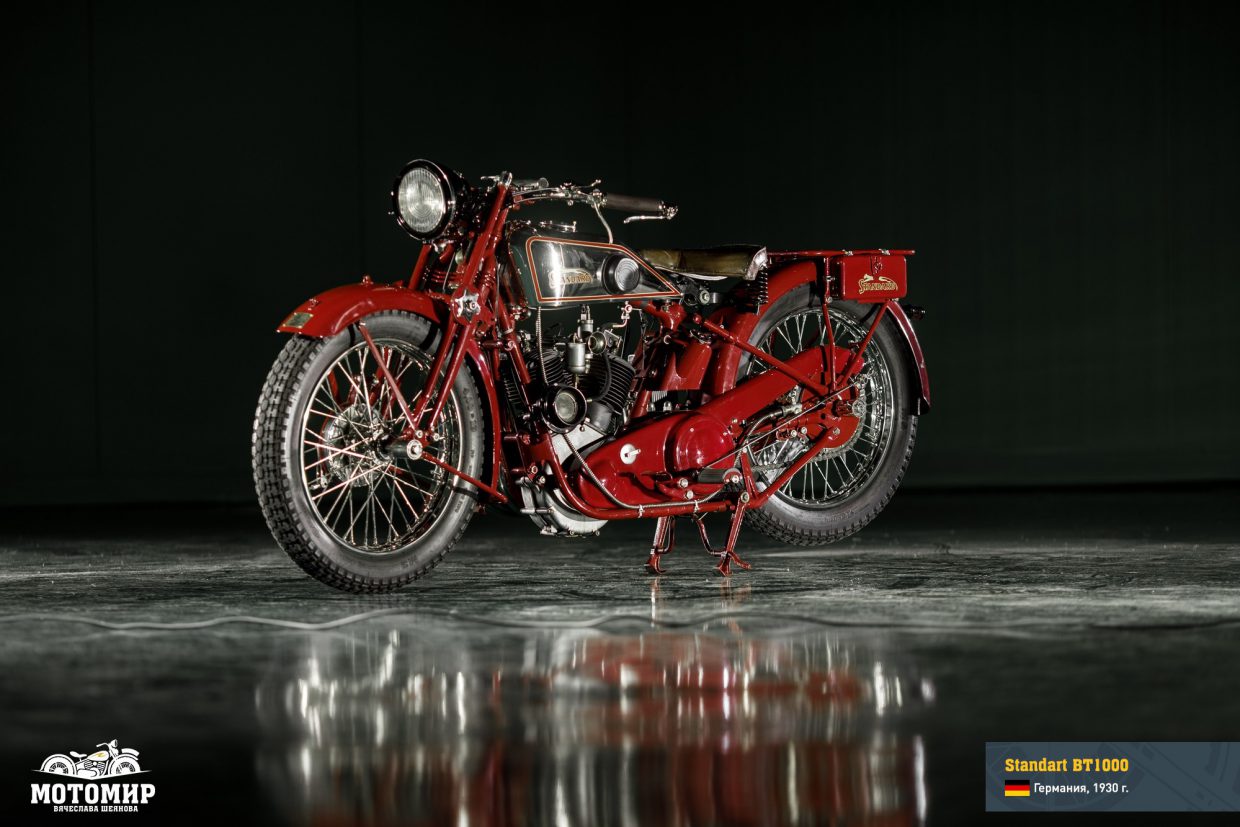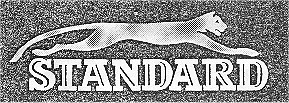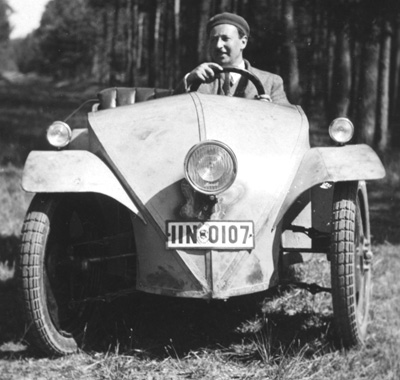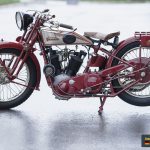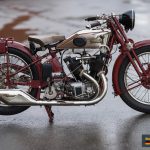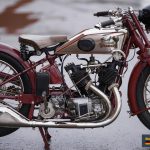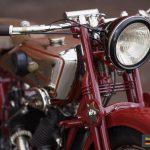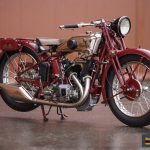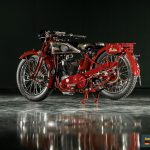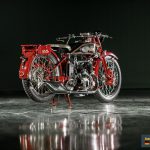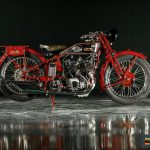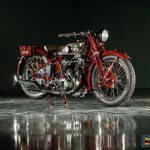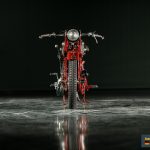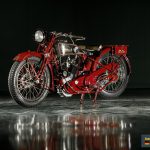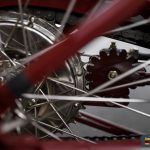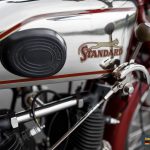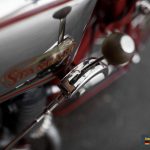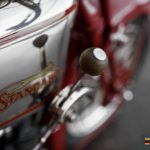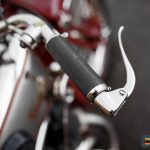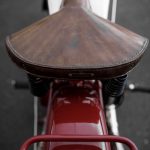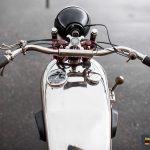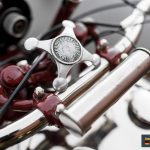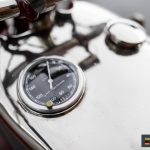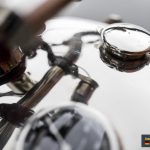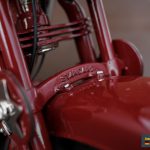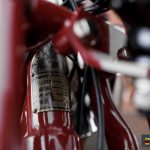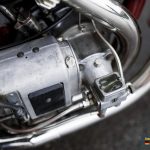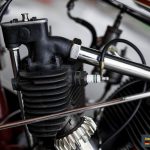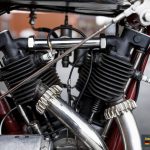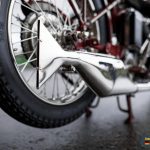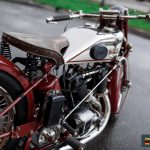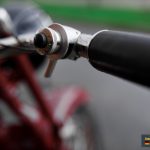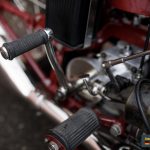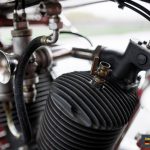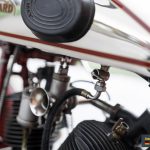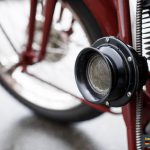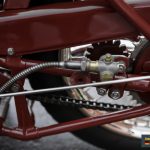This entry is also available in: Russian Chinese (Traditional)
Motorworld’s newspaper №64
He was born in 1890 in a rural family. He left school early and moved to Korntal where he started studying turnery. Wilhelm was working for Robert Bosch (an electrical engineering company). After the army service, he enrolled in the Esslingen Institute of Technology. He did brilliantly in his examination and won a scholarship, without it he would be able to continue his education. He had been a student for two years until the beginning of World War I, then he was called up for military service again. At war, Gutbrod completed his theoretical knowledge with practical knowledge while working as a motor mechanic.
After the war, Wilhelm graduated from the Esslingen Institute of Technology; he presented a light two-stroke engine motorcycle as a graduation project. At first, he was working in Kaelble, a company manufacturing road-rollers. Then he managed to meet Eugen Klotz, a manufacturer interested in his motorcycle project. All Gutbrod’s bikes from 1923 to 1926 were manufactured under the Klotz marque.
These machines proved their quality through sporting achievements, but as for the market of cheap bikes, they could hardly beat the machines made by moto-giants like DKW. When Klotz decided to quit the motorcycle manufacturing, Wilhelm Gutbrod and Gustav Rau (the sales manager at the Maschinenfabrik, owned by Eugen Klotz) have founded their own motorcycle company named Standard Fahrzeugfabrik.
In the beginning, the company occupied abandoned military stables on the outskirts of Ludwigsburg. The place was miserable but ambitions were colossal. ‘If that didn’t go all right with the bike for the masses’, they thought, ‘we must start building high-end bikes for those who can pay a lot of money for a lux machine’.

The quintessence of this was the Standard BT1000, manufactured in 1930, one of the top-priced German bikes of that time. A double-cylinder 992 cc V-engine was the heart of the machine. It was the MAG engine, manufactured by Motosacoche, a Swiss company. It was common that motorcycle companies sold their engines under alternative brand names: Motosacoche – MAG, Horex – Columbus, Rudge – Python. That engine was designed just after the WWI and couldn’t be considered modern as of the late 1920s: an archaic valve timing “valve over the valve” (overhead inlet and bottom outlet valves were driven from the bottom camshaft) and moderate finning of cast-iron cylinders. But it had enough flexibility, good reliability, plus the capacity of 22 hp at 3,800 rpm was up to standards of that time. English Matchless and French Terrot both were using these engines for a reason. Torque transmission was implemented via a chain going to the hand shifted four-speed gearbox Hurth, installed in a separate unit.

The year before the BT1000 was introduced, 500 cc and 750 cc Standard bikes got a new chassis, which was later used in the 1000 cc model. A strong duplex frame made of pipes was the basis of the chassis. The final touch was a Castle fork with friction shock absorbers; the same forks were used on Brough Superior motorcycles.
The Standard BT1000 was a luxurious touring bike that could be optionally equipped with a sidecar (in 1933, the bike got the name ‘Imperator’). This machine was pretty expansive – the price was 1,580 Reichsmarks. For reference, a monthly wage of a usual worker was less than a 100 Reichsmarks, and the price for a mini-car Opel 4/20 was 1,990 Reichsmarks. So, the total number of motorcycles produced was minimal.
In 1933, the company went through dramatic changes. First of all, the production facilities were moved to Stuttgart suburbs. Second of all, Gutbrod’s company has started the manufacturing of bikes equipped with new proprietary engines. Thirdly, Wilhelm has launched the manufacturing of three- and four-wheelers under the Gutbrod brand – this project turned out to be so successful that the company completely switched to the manufacturing of these cars after WWII. In the postwar company, there was no place for Standard BT1000 motorcycle anymore. Sad but true.
| Manufacturer | Standard Fahrzeugfabrik, Ludwigsburg, Germany |
| Years of manufacture | 1930 – 1933 |
| Quantity produced, units | N/A |
| Price | 1580 RM |
| Today’s value | N/A |
| ENGINE AND TRANSMISSION | |
| Type | MAG, V-twin, 4-stroke |
| Engine capacity, cc | 992 |
| Bore and stroke, mm | 82 х 94 |
| Engine rating | 22 hp at 3800 rpm |
| Sparking | Bosch |
| Carburetor | |
| Battery | 6 V |
| Clutch | Multiple-plate, oil-bath |
| Transmission | 4-speed |
| FRAME AND WHEELBASE | |
| Frame type | Duplex tubular, steel |
| Front suspension | «Castle» |
| Rear suspension | Rigid |
| Brakes | Drum type |
| Wheel size | N/A |
| DIMENSIONS | |
| Length, mm | 2050* |
| Width, mm | 850* |
| Height, mm | 1010* |
| Wheelbase, mm | 1380* |
| Ground clearance, mm | 80* |
| Seat height, mm | 750 |
| Mass, kg |
160
|
| Gas tank size, l |
|
| Maximum speed, km/h |
120
|
| Range, km | |

